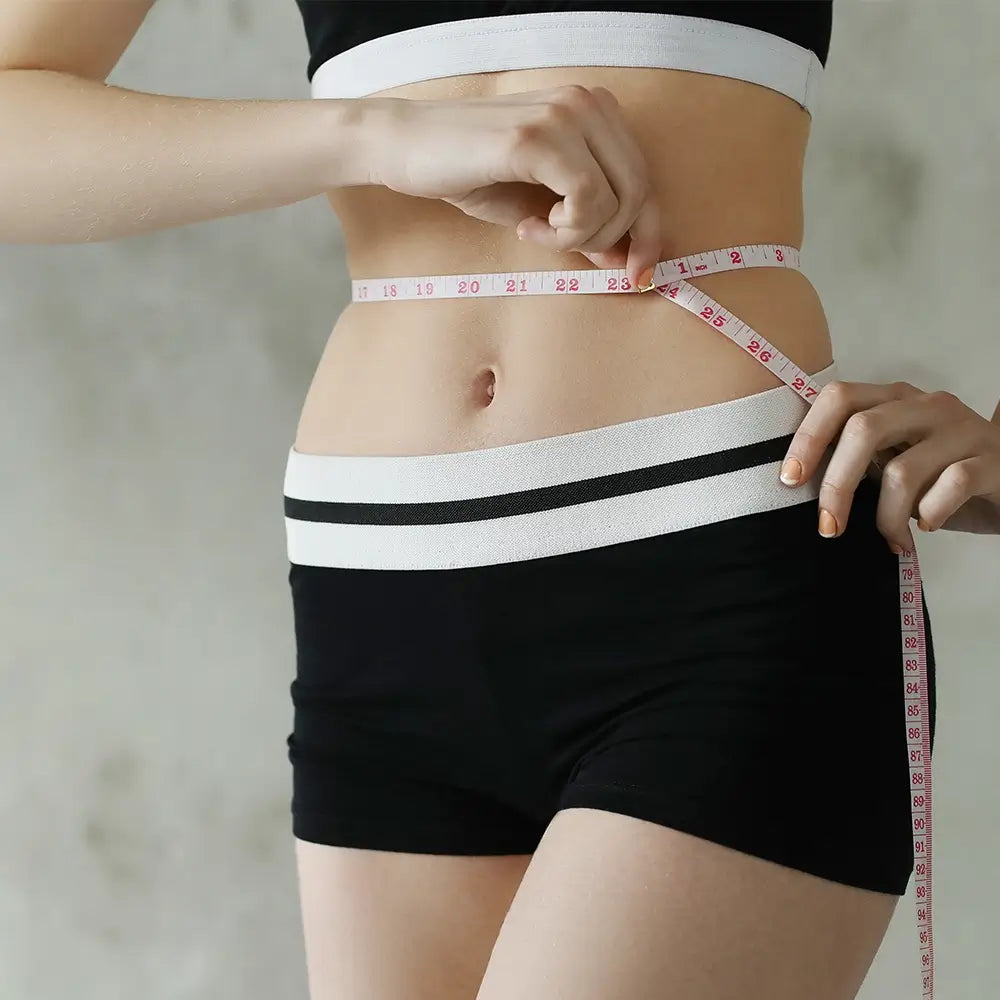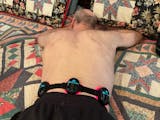Enhancing Fat Metabolism: The Intersection of Exercise and Low-Level Laser Therapy
The battle against abdominal fat and sedentary lifestyles continues to be a significant concern in the realm of cardiovascular health. However, a novel approach has been explored through recent research, which examines the combined effects of exercise and low-level laser therapy (LLLT) on fat metabolism. Gaining a deeper understanding of this dynamic relationship could pave the way for more effective weight management strategies and the reduction of cardiovascular risks.
In order to evaluate the effects of combining aerobic exercise with abdominal laser therapy on fat metabolism, lipid profile, and inflammatory markers, a groundbreaking research was conducted. The study involved thirty-six female participants who were divided into three groups and underwent different interventions. The experimental groups performed aerobic exercise after receiving laser therapy, while the placebo group received laser therapy without any power. To assess the outcomes, pre- and post-intervention evaluations were conducted to measure glycerol mobilization, lipid profile, and levels of C-reactive protein (CRP).
The study revealed that individuals who underwent a combination of aerobic exercise and lipolytic laser therapy experienced a substantial increase in the mobilization of glycerol, indicating an enhanced metabolism of fat. Likewise, those who solely engaged in aerobic exercise also demonstrated noticeable elevations in glycerol levels. In contrast, the placebo group displayed minimal alterations in the mobilization of fat.
Although enhancements in fat metabolism were noticeable, there were no significant changes detected in CRP levels or lipid profile when comparing pre- and post-intervention evaluations in the experimental groups. This indicates that while exercise and LLLT could enhance fat metabolism, their effects on inflammation and lipid profile might necessitate interventions of a longer duration.
The results highlight the possibility of combining aerobic exercise with low-level laser therapy to improve fat metabolism and reduce abdominal fat buildup. More research is needed to understand the lasting effects and wider significance of this dual method. Moreover, adjusting LLLT settings and investigating its combination with various exercise types may boost its effectiveness in supporting weight control and heart health.
the combination of aerobic exercise and abdominal laser therapy shows great potential in enhancing fat metabolism and targeting abdominal fat. Although a single session already showed significant improvements in fat mobilization, further research is necessary to fully evaluate its effects on lipid profile and inflammation. By utilizing the synergistic benefits of exercise and LLLT, individuals can adopt a comprehensive approach to managing weight and promoting cardiovascular health.
















Share:
Improving Chronic Wound Healing with LED Phototherapy
Unlocking the Power of Low-Power Laser Therapy for Supraspinatus Tendinitis